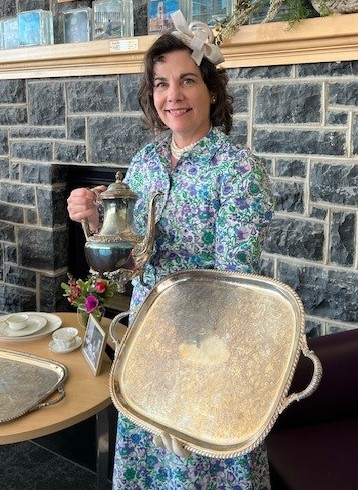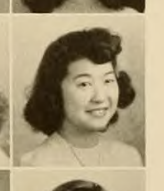
I recently gave a short talk to JMU alumni at a Women for Madison tea party. The topic was the history of tea parties on this campus, which were commonplace from the 1910s through the 1960s. The event was part of JMU’s annual Bluestone Reunion, which marks the 50th anniversary of each graduating class. This year’s honorees were members of the class of 1974, and several alums vividly remembered the welcome tea reception they attended at the President’s house, Hillcrest, in the fall of 1969. It turns out that that was the last welcome tea held at Madison College.
Tea parties have a long history at this institution–they are well documented through photos in yearbooks, napkins and favors pressed into alumni scrapbooks, and actual artifacts in the form of silver tea pots, serving trays, and china. These survivals, carefully recorded and preserved, tell us that tea parties served an important function and were an defining part of campus culture here.
Continue reading

